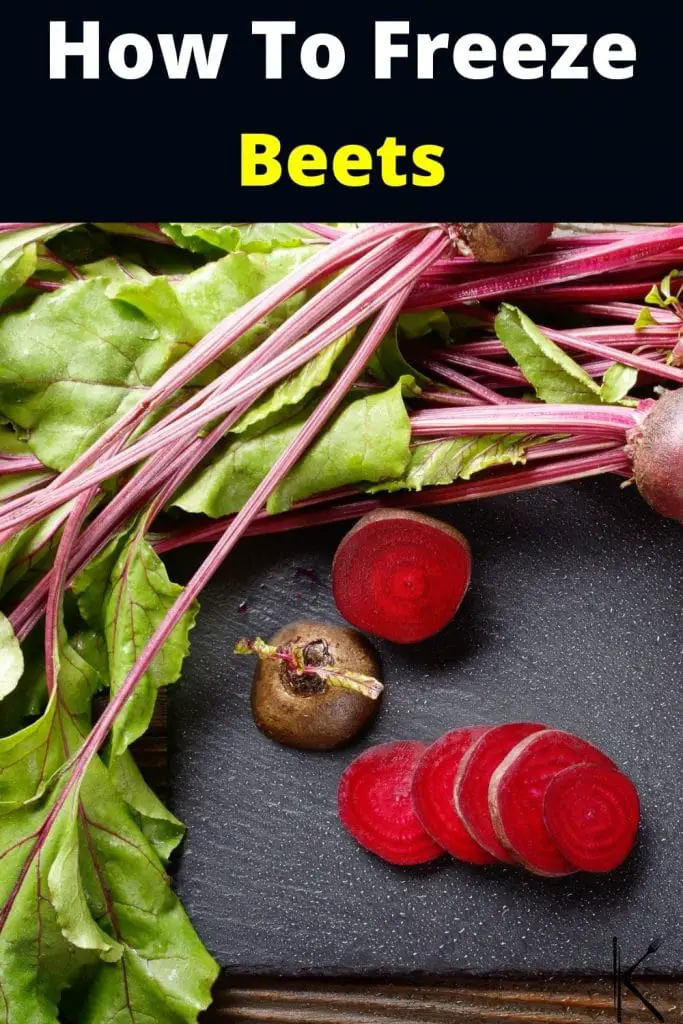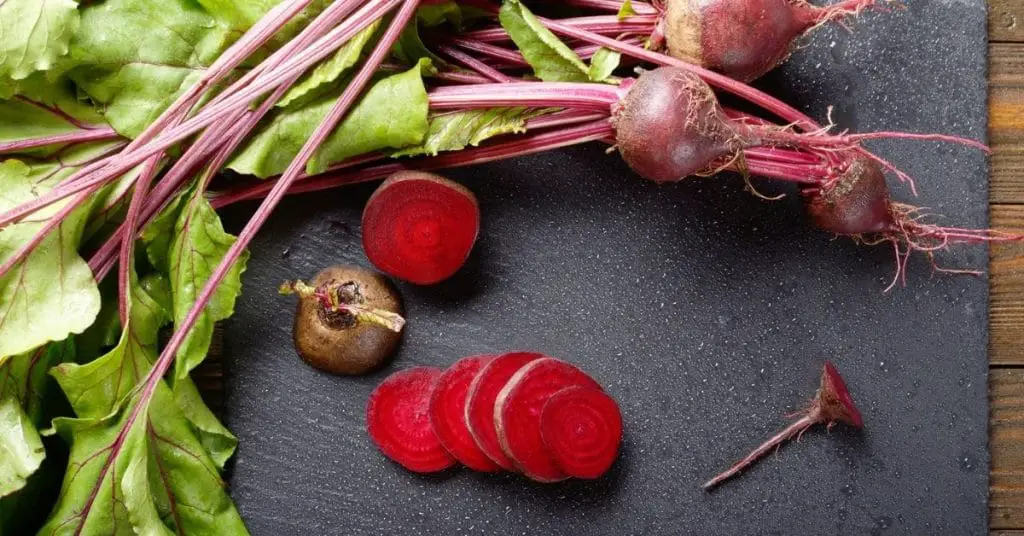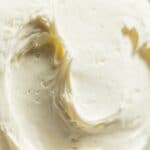In a nutshell, yes, beets can be frozen. To ensure their quality, it is recommended to cook them before freezing, and they can be stored for up to 8 months when properly packed and protected from air and freezer burn.
Beets are beautifully colorful and earthy. They can be eaten in a variety of ways in both sweet and savory applications.
Being fresh vegetables, beets don’t last all that long. Freezing beets, however, is a great option to prolong their shelf life.
You will have to do a little preparation to make sure you get the best out of your frozen beets, but the great thing is that when you are ready to eat them you can simply remove them from the freezer, thaw, and eat.
Below is a step-by-step guide to successfully preserve beets in the freezer.
Can Beets Be Frozen?
Yes, beets can be frozen. To get the best out of your beets it is recommended to cook them prior to freezing. Although you can freeze raw beets, they will become grainy in texture and unpleasant once thawed. Cooked beets, however, are great for freezing and can be used for an additional 8 months when stored correctly in the freezer.
To avoid freezer burn from developing, ensure that you store beets at a consistent frozen temperature and that they are well packed to protect them from contact with air.
Never freeze beets that are damaged and nearing their expiry. Beets that are on their last should rather be used immediately in soups, smoothies, or juiced.
How To Freeze Beets
Step 1: Clean
To prevent the fresh beets from ‘bleeding’ its red beet juice, leave about an inch of the stem on the beet for boiling. Trim the rest of the beet leaves and give the beetroot a good scrub with a vegetable brush to remove any dirt.
Tip: To prevent staining your hands and counter top, wear gloves and always work on a cutting board when working with beets.
Step 2: Cook
Set a large pot of water on the stovetop and bring it to a boil. Add ¼ cup lemon juice or vinegar which will prevent bleeding when defrosting the beets.
Add them to the boiling water and cook the beets until fork tender. The cooking time will take anywhere between 25 and 50 minutes depending on the size of the beets.
Note: If you already have store bought raw peeled beets or sliced beets, blanch them for just a few minutes. Large beets and medium beets will require one or two minutes longer than small beets. Do not cook the sliced blanched beets fully. Whether you are cooking beets whole or blanching sliced beets, move on to step 3.
Step 3: Cool
While the beets are cooking, fill a separate large bowl with ice water. As soon as the beets become tender, transfer them into the ice water to stop the cooking process and let the beets cool.
Step 4: Trim and Peel
Once completely cooled, remove the beets from the cold water. With a sharp knife, cut off the top where the attached beet greens stem is still in tact. Peel the beets. The skin should come off easily after cooking. You might not even need a vegetable peeler.
Step 5: Cut
Slice, quarter, or chop the beets into the desired size pieces. If needed, dab the beets with a paper towel to remove excess moisture. Extra moisture, water, or juice droplets will cause freezer burn and damage the texture of the beets on thawing.
Step 6: Flash-freeze (Optional)
This step is optional and will prevent the beets from sticking together when freezing. Spread the beets in a single layer on a lined baking sheet. Place the cookie sheet in the freezer until the beets are just frozen.
Step 7: Pack and Label
Remove the tray from the freezer. Pack the beets in good quality resealable freezer bags. Lie the bags flat to press out as much air as possible and seal. Using a permanent marker, label the bag with the date and place it in the freezer.
Alternatively, you can also use freezer containers.
How To Thaw Frozen Beets
Beets are best defrosted overnight in the refrigerator. Once thawed, they can be eaten cold, used in a salad, or added to a cooked dish. Keep in mind that the beets have already been cooked so will turn mushy if heated for too long once fully thawed.
Beets can also be warmed in a microwave safe dish in the microwave or in a roasting pan with a little olive oil in the oven.
Types of Beetroot
Beets, also referred to as beetroot, are the bulky taproot part of a beet plant. They come in various colors and sizes of which the four most common types are:
Red Beets
Red beets are the most commonly found types of beets. They are a little messy when freshly cut leaking their deep red and purple colored juices. This is of course part of what makes them unique and beautiful vegetables.
Their earthy flavor sweetens slightly as they ripen. Red beets are popularly used in soups such as borscht, pickled, and used in a beet salad.
Golden Beets
Golden beets are slightly less sweet than red beets. They have a bright yellow color and are smaller than the bulky red beets.
Chioggia
Chioggia beets, also called candy cane beets, are naturally striped with pink and white rings. Keep them raw for their unique appearance. Once cooked the color effect may fade.
Baby Beets
Baby beets are any beets that are removed from the soil to thin the field for other beets to grow larger. They are tender and sometimes served with their greens.
Beets can be chopped, sliced, grated, pureed, or juiced. They can be served raw in salads, juices, and smoothies and even used in baking and sorbet. Beets can be cooked by boiling, steaming, roasting, and even frying to make beet crisps.
Beet greens are also edible and mostly serve steamed or boiled.
FAQs
Conclusion
Beets are bright and versatile, offering a great pop of rich color to any dish. Beet juices are even used as a natural coloring for some food items. With such a vast variety of ways in which beets can be used, don’t let your stash go bad.
Whether you plan to use them for baking, smoothies, soup, salad, pickles, or roasting, pop them in the freezer to extend their shelf life for up to 8 months.
The best part is that all the preparation will be taken care of. When you are ready to use the beets, you will simply have to remove them from the freezer and thaw.
Also learn how to freeze rhubarb, butternut squash, zucchini, and eggplant.

*image by e_mikh/depositphotos









